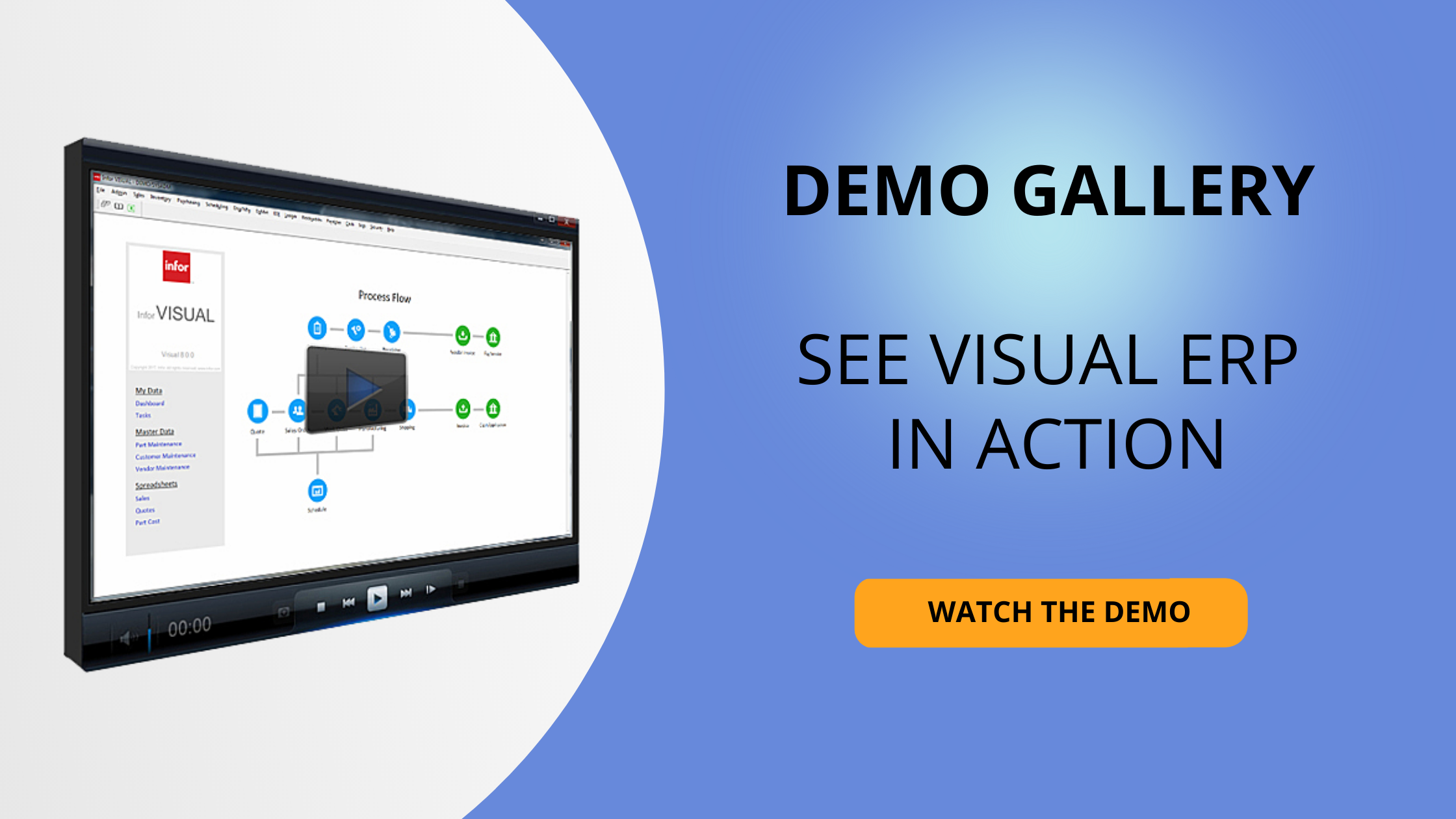 Measuring performance in a manufacturing environment is critical
Measuring performance in a manufacturing environment is critical
How manufacturers measure their performance varies from company to company. We often see companies using manufacturing metrics or KPIs that are not necessarily what they need, but rather what they know can be measured (and trusted). That is a big difference. When the critical determinants for collecting data are largely based on technical infrastructure, discipline, and existing processes, that data might not be exactly what you’re looking for.
Manufacturers should track and measure the metrics that are needed to run the business.
Gross profitability by work order is a perfect example of what should be measured to improve operations. This is a critical manufacturing metric for those in “to-order” manufacturing environments, but many companies cannot tell you specifically where they are making money. The company veterans might have an idea of what’s profitable or not, but can’t validate their tribal knowledge.
The biggest reason for this uncertainty is the lack of system infrastructure to support the processes and procedures needed to collect accurate data. A manufacturer may have an ERP system in place, but never rolled out the full functionality, or they may be making the common mistake of trying to use QuickBooks and Excel in a manufacturing environment.
The good news is that measuring profitability on a work order is simple. Here’s how to do it.
4 manufacturing performance metrics to analyze profitability
- Labor Costs – You need to know the time spent at each resource, and the operator cost at that resource as well. The most commonly used method to capture actual time used is for operators to clock onto job set up and job run. Some companies still use the remedial practice of writing down labor tickets, but we have found that this results in a 10-20% discrepancy rate versus using the barcode method. Given how important margins are for many of our customers, anything over a 5% accuracy variance is unacceptable.
Usability for data collection devices is very important for user adoption. Higher adoption rates can be associated with attractive, modern, and easy-to-use tools such as Infor VISUAL Shop Floor Mobile or Infor Factory Track. These web-based applications can be accessed via any browser-enabled device, such as an iPhone, iPad, or tablet. When data collection is made easy, the rate of adoption and data accuracy dramatically improve, and provide more accurate labor costing.
- Material Costs – You need to tell your system how material was used. For actual cost, companies typically will use FIFO costing related to the materials issued from stock. Or, companies with Infor ERP and issuing specific lots can use lot-specific pricing. There are many cases in to-order environments where materials are purchased to the job; in those cases, the materials are received to WIP and the costs are captured for the work order immediately.
These material transactions can be added manually, or automatically using Infor Mobility tools where materials can be scanned and issued to the job as well.
Finally, we can also backflush or auto-issue materials to the job when certain operations are complete, or when the completed job is moved into finished goods.
Regardless, procedures need to be in place and also a good ERP toolset that allows you to tell the ERP system about material issues and consumption.
- Outside Services Costs – Outside services need to be tracked directly to the work order to obtain proper costing. If you send out products for heat treating, plating, anodizing, or painting, or conversely bring in a service provider for something like x-rays, those costs need to be captured. You should have an ERP system that supports tying the purchase order to the job costs in a similar fashion as to materials.
- Burden and Overhead – The work order needs to include your calculated overhead costs to get the true and complete costs for that job.
More info
If you’d like more detail on what you should be measuring, we can point you in the right direction. The Visual South team has outlined several examples of manufacturing metrics in previous blogs, such as A List of Manufacturing KPIs to Concider and 3 Manufacturing Efficiency Metrics & KPIs.
Summary
Figure out which manufacturing metrics your organization truly needs to run the business, and that will then drive the supporting infrastructure needed to deliver accurate and timely data. Top performing manufacturers don’t make business decisions based on manually cobbled together old and untrusted data. They invest in systems to support analyzing how the business is performing—to compete in the industry, you must do the same.
For more information about what manufacturing metrics are important for your company and ways to ensure you get that data, please reach out for a free assessment.








